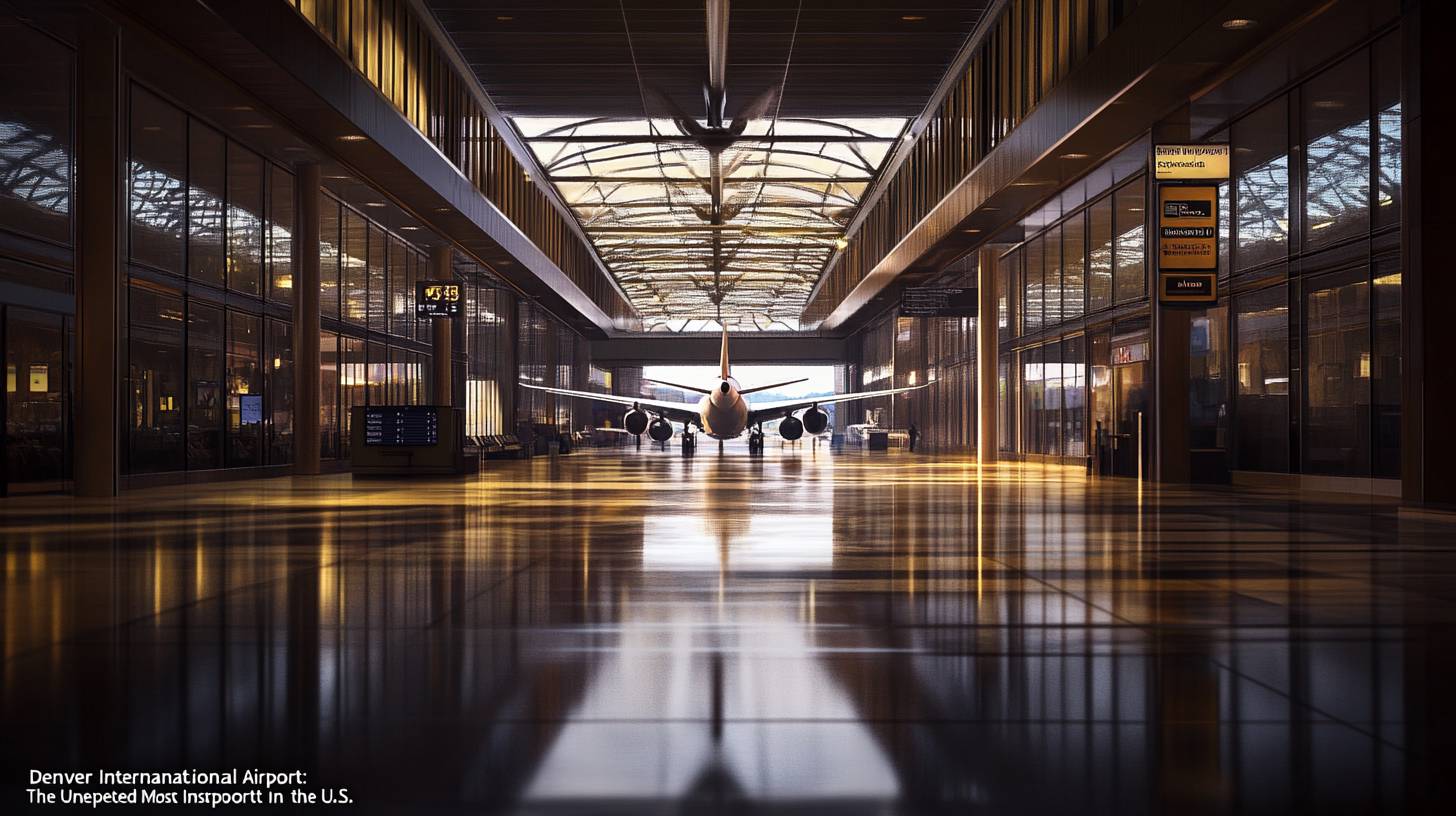
The top airports for hashtags on Instagram
Los Angeles International Airport (LAX) has claimed the title of the most hashtagged airport worldwide, amassing an impressive total of 3,393,690 hashtags on Instagram. This status positions LAX as not just a crucial transit center but also a social media favorite. Passengers often share everything from quintessential “boarding pass in hand” images to pictures of the famous Theme Building, an emblematic structure in the airport’s main terminal area. Additionally, the nearby In-N-Out Burger, situated by the 24R runway, has become a popular gathering place for aviation enthusiasts and Instagram users alike.
In second place, San Francisco International Airport (SFO) boasts a lower total with 1,047,624 hashtags. Nevertheless, SFO continues to be a favored destination for travelers eager to capture their airport moments. Together, LAX and SFO are the only two airports to exceed the one million hashtag threshold, underscoring California’s prevalence in this domain.
Heathrow Airport (LHR) in London takes the third spot with 762,904 hashtags, while Kuala Lumpur International Airport (KUL) is fourth with 600,336 hashtags. KUL’s Jungle Boardwalk, a verdant, nature-filled pathway linking terminals, attracts many social media fans. Singapore’s Changi Airport (SIN), celebrated for its architecture and amenities, completes the top five with 581,993 hashtags.
Notably, no other airport in the U.S. made it to the top ten, even with the nation’s extensive air traffic. Other noteworthy mentions in the list are Amsterdam Airport Schiphol (AMS), Dubai International Airport (DXB), and Tokyo Haneda Airport (HND). London’s Gatwick Airport (LGW) rounds out the top ten with 257,730 hashtags as it undergoes a £10 million renovation aimed at improving its facilities.
Airports as hubs for social media moments
Airports have transitioned from simple transit points to destinations in their own right, now offering unique experiences that are often documented on social media. The growth of Instagram and other platforms has turned airports into scenic backdrops for meticulously curated travel moments, with passengers eager to share their experiences from the moment they arrive at the terminal.
For many travelers, the airport represents the beginning or the end of their journey, and capturing that moment has become a customary practice. Whether feeling the thrill of departure or the comfort of returning home, airports provide an atmosphere that resonates with travelers. This is especially true for airports with standout features, like Singapore’s Changi Airport, where the remarkable 130-foot indoor waterfall has become a major attraction. Similarly, Kuala Lumpur’s Jungle Boardwalk offers a unique chance to connect with nature within an airport, attracting many Instagram enthusiasts.
In Australia, airports such as Sydney Kingsford Smith (SYD) and Melbourne Tullamarine (MEL) are experiencing a boost in social media engagement, though they have not yet entered the global top ten. However, with the increasing trend of airports focusing on innovative architectural designs and enhancing passenger experiences, it won’t be long before Australian airports gain more recognition on platforms like Instagram. The recent developments at Brisbane Airport (BNE), which include a new runway and terminal expansions, are likely to draw greater attention from both local and international travelers.
This shift presents significant opportunities for businesses. Airports have transformed into locations where passengers linger; they shop, dine, and share their experiences online. Companies operating within airports, ranging from retail shops to food and beverage vendors, can capitalize on this trend by creating Instagram-friendly areas and experiences that encourage travelers to interact with their offerings. In an era where social media significantly influences consumer behavior, airports have become essential avenues for connecting with a worldwide audience.

